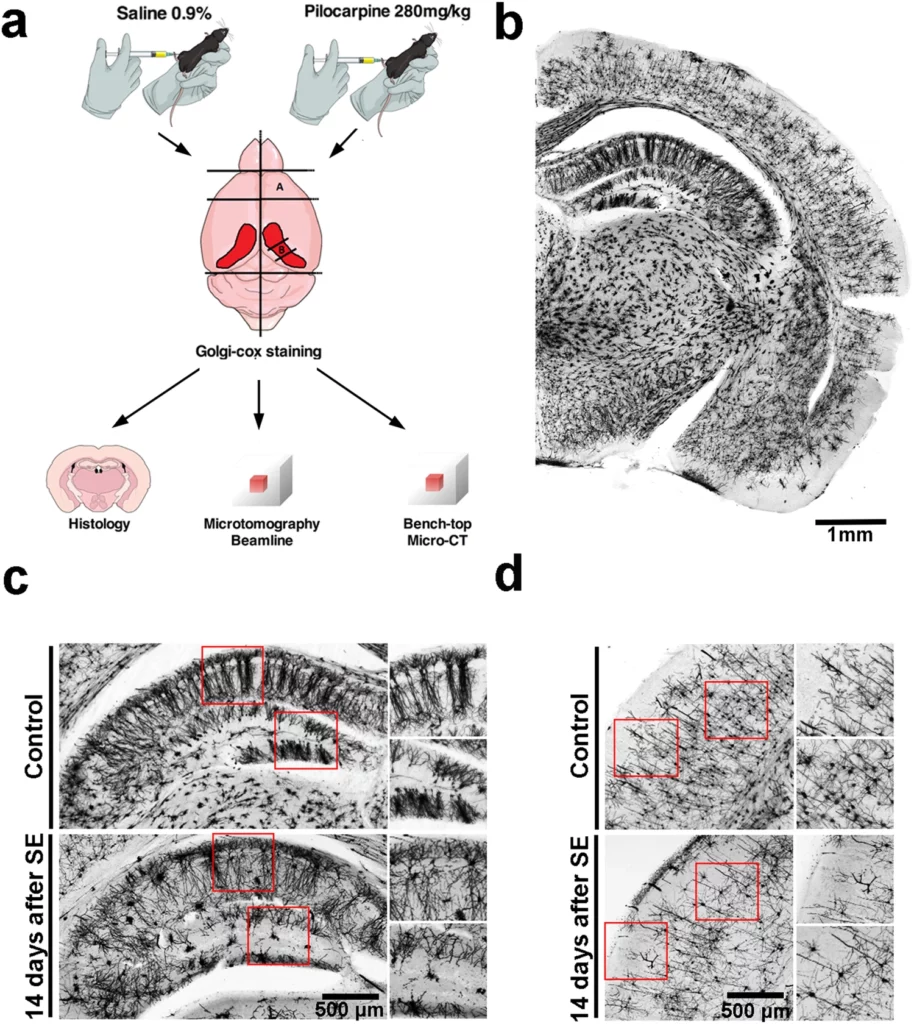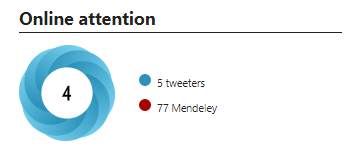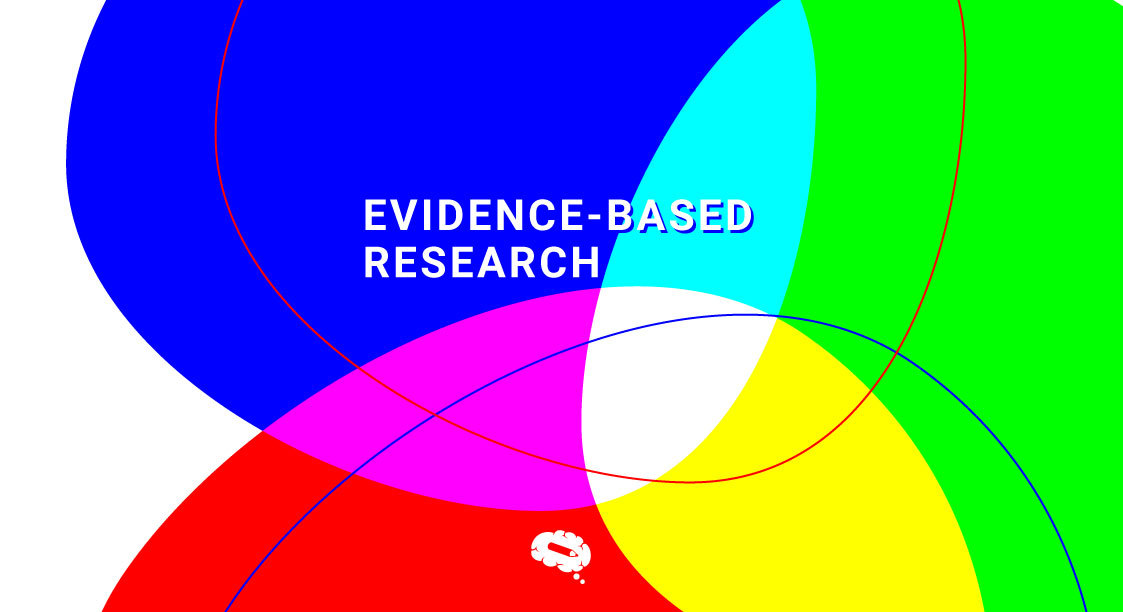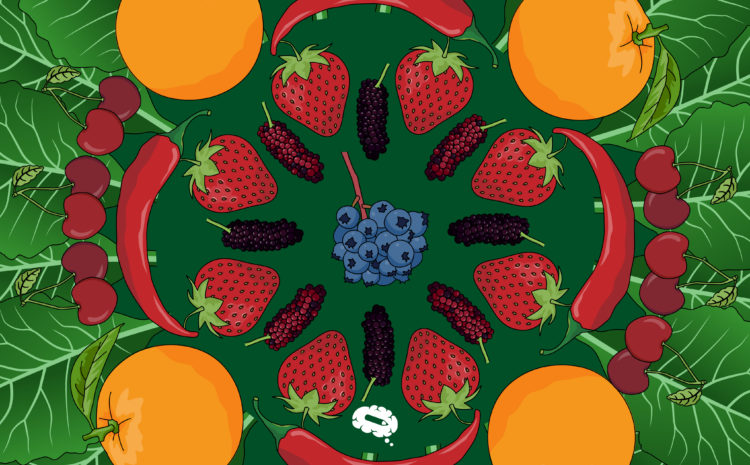X-ray microtomography has emerged as a new method for deciphering the cytoarchitecture and connectivity of the brain, and here we present a method for imaging whole neurons.
High-resolution synchrotron-based X-ray microtomography as a tool to unveil the three-dimensional neuronal architecture of the brain
In ‘High-resolution synchrotron-based X-ray microtomography as a tool to unveil the three-dimensional neuronal architecture of the brain’, Matheus de Castro Fonseca et al. (2018) noted that the study of neurons as individualized unities has its beginning in the 19th century with the creation of the Neuron Doctrine.
In the last few years, great efforts have been made to understand neuronal organization and connectivity in intact brain samples. The Golgi-Cox labeling technique offers suitable contrast for the specific labeling of neurons for X-ray microtomography.
Neurons have a distinct morphology and specific patterns of connectivity, which are essential for their proper functioning. The researchers present a method of imaging combining synchrotron-based X-ray microtomography with the Golgi-Cox impregnation protocol.
The method offers a higher and more homogeneous contrast of relatively sparsely distributed whole neurons within the tissue.
Brains were incubated in Golgi-Cox staining solution for 14 days, protected from light. After the incubation period, brains were serially sectioned using a vibratome.
Check the original article here.
Graphical Abstract powered by Mind the Graph

The author used Mind the Graph to create a schematic illustration that represents an adult mice being i.p. injected with saline or pilocarpine solution (280 mg/kg). Representing complex processes with infographics is a good way to make them easily understandable, without leaving aside the details and crucial information.
Some of the researchers’ results seem to consolidate what was previously known about this area: “The mercury-based neuron impregnation showed here, allowed us to clearly define whole neurons mainly because of a more continuous and homogeneous impregnant of the cells and much reduced density of artifacts,” de Castro Fonseca suggested.
Papers Impact and Performance
We can analyze with Altmetric data that this paper’s online attention score is higher than 64% of all other articles of a similar age in Scientific Reports.

Improve your article’s accessibility with the power of infographics as well.

Subscribe to our newsletter
Exclusive high quality content about effective visual
communication in science.




